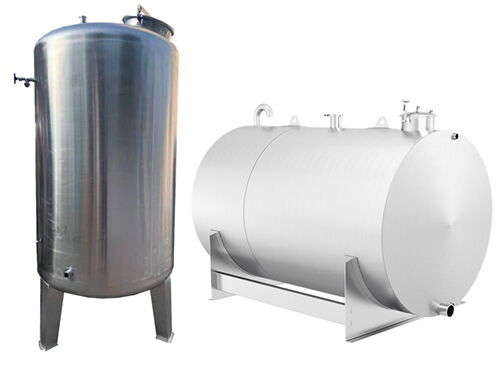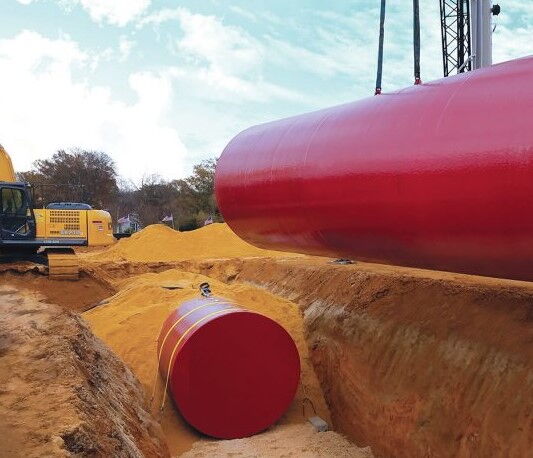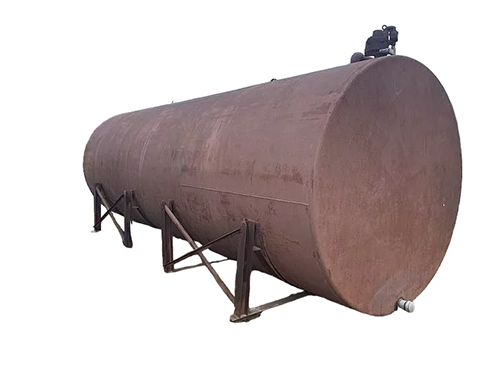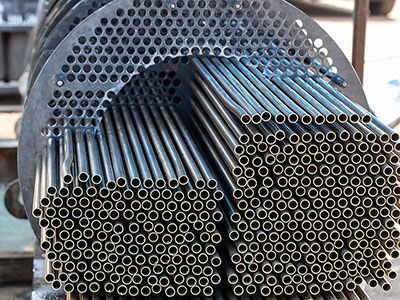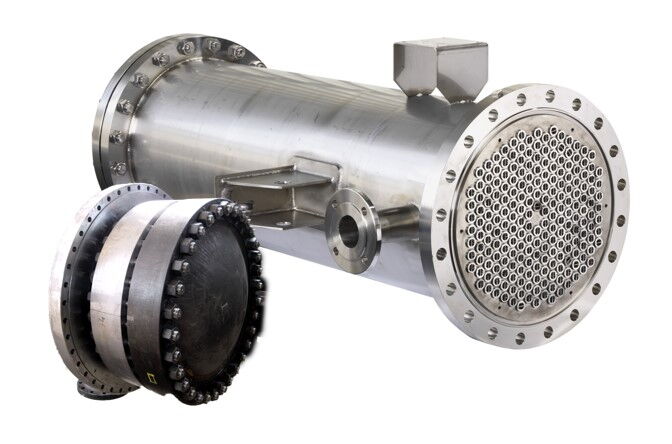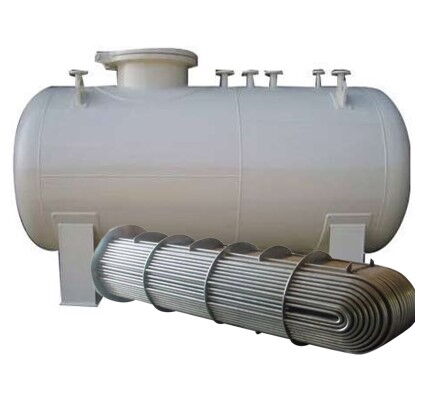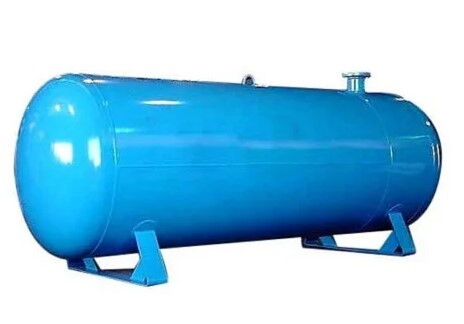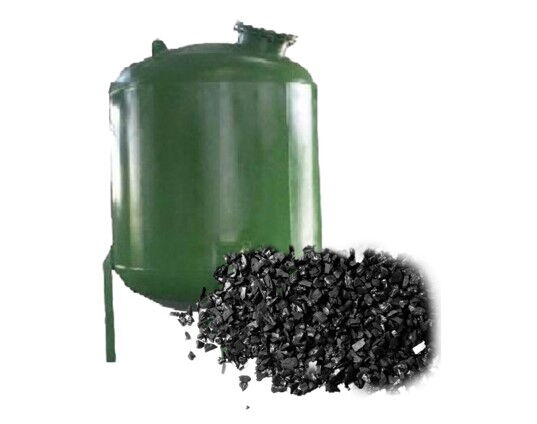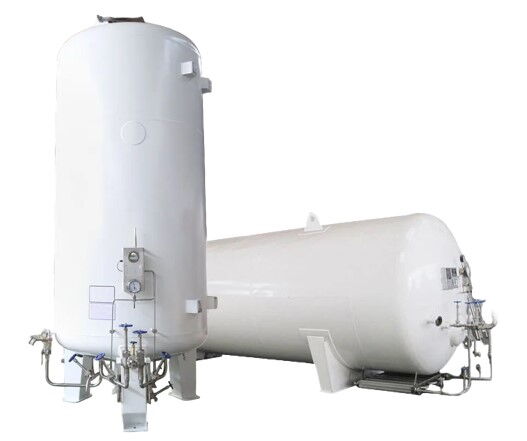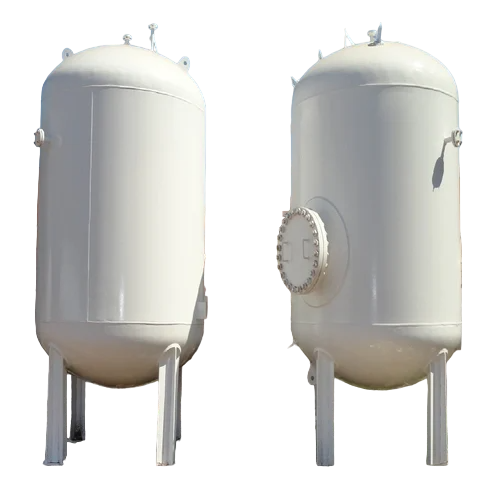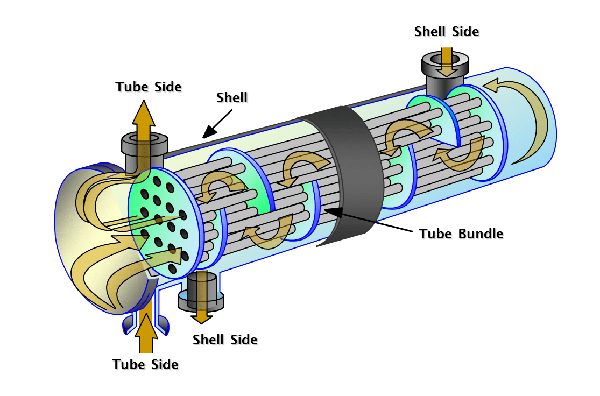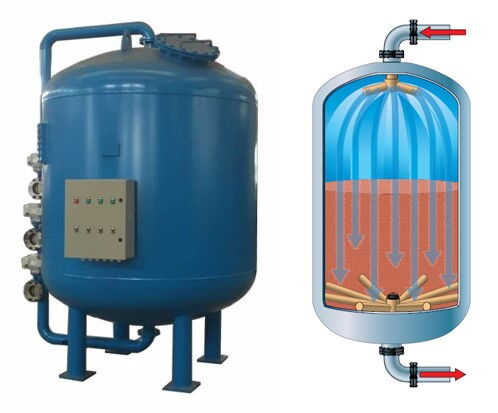Effective Corrosion Prevention for Stainless Steel Storage Tanks
To reduce the occurrence of accidents involving stainless steel storage tanks and protect them from corrosion caused by internal and external environmental factors, comprehensive anti-corrosion treatment is essential. This not only safeguards the tank's structure and extends its lifespan but also significantly lengthens the overhaul cycle of the tank, lowering maintenance costs. This article will discuss the causes of corrosion in stainless steel storage tanks, anti-corrosion measures, coating...

